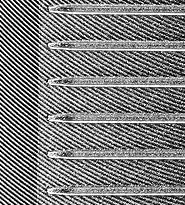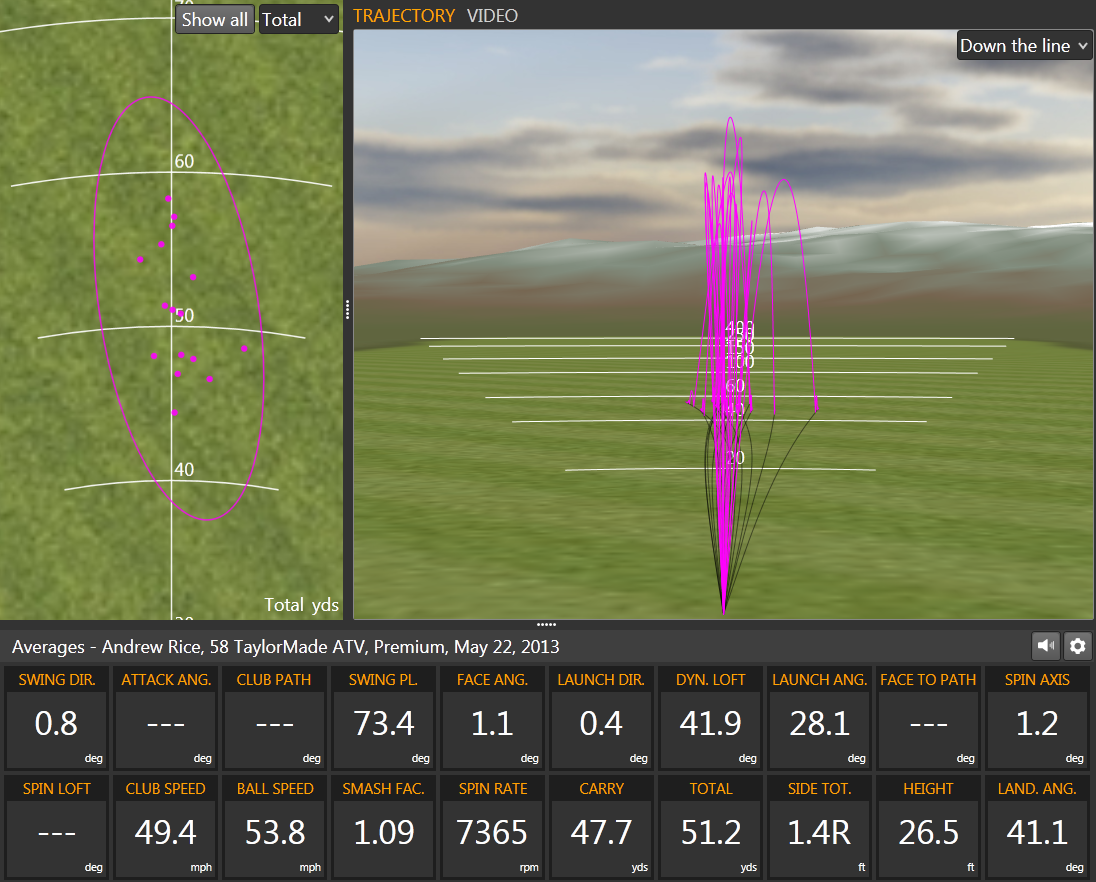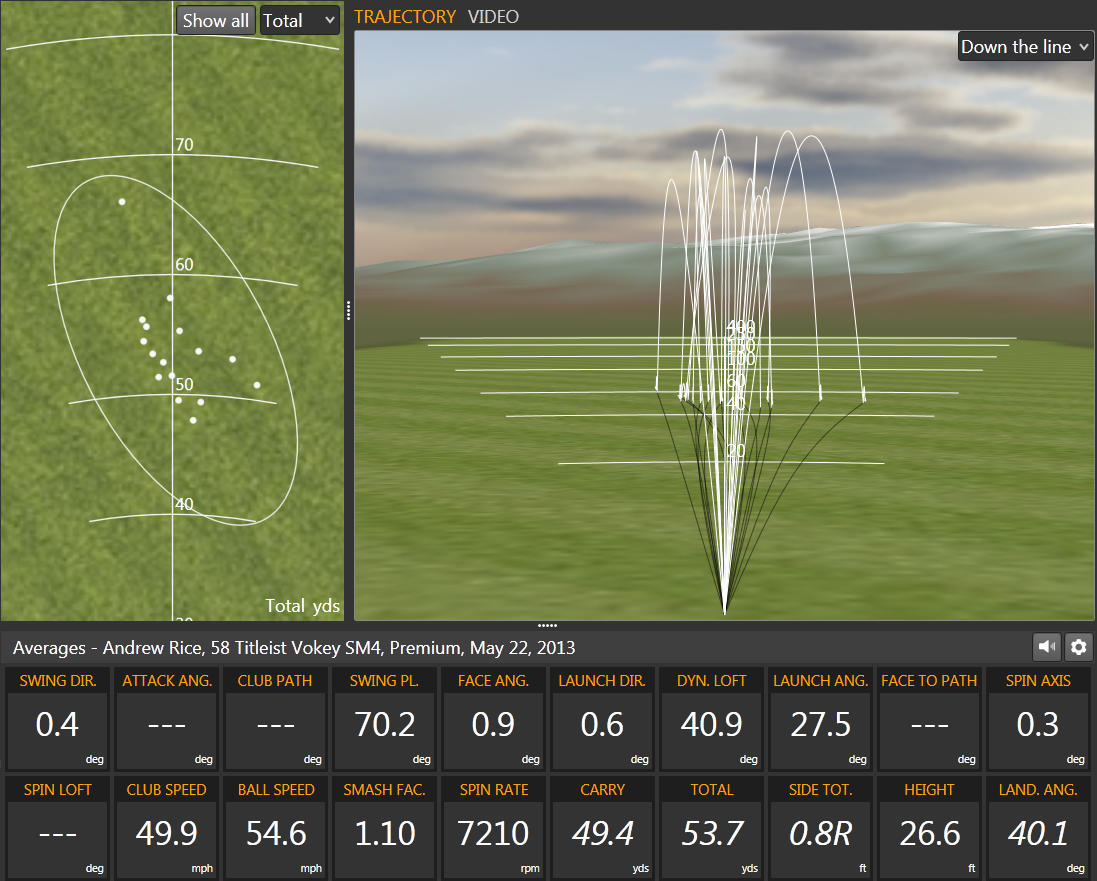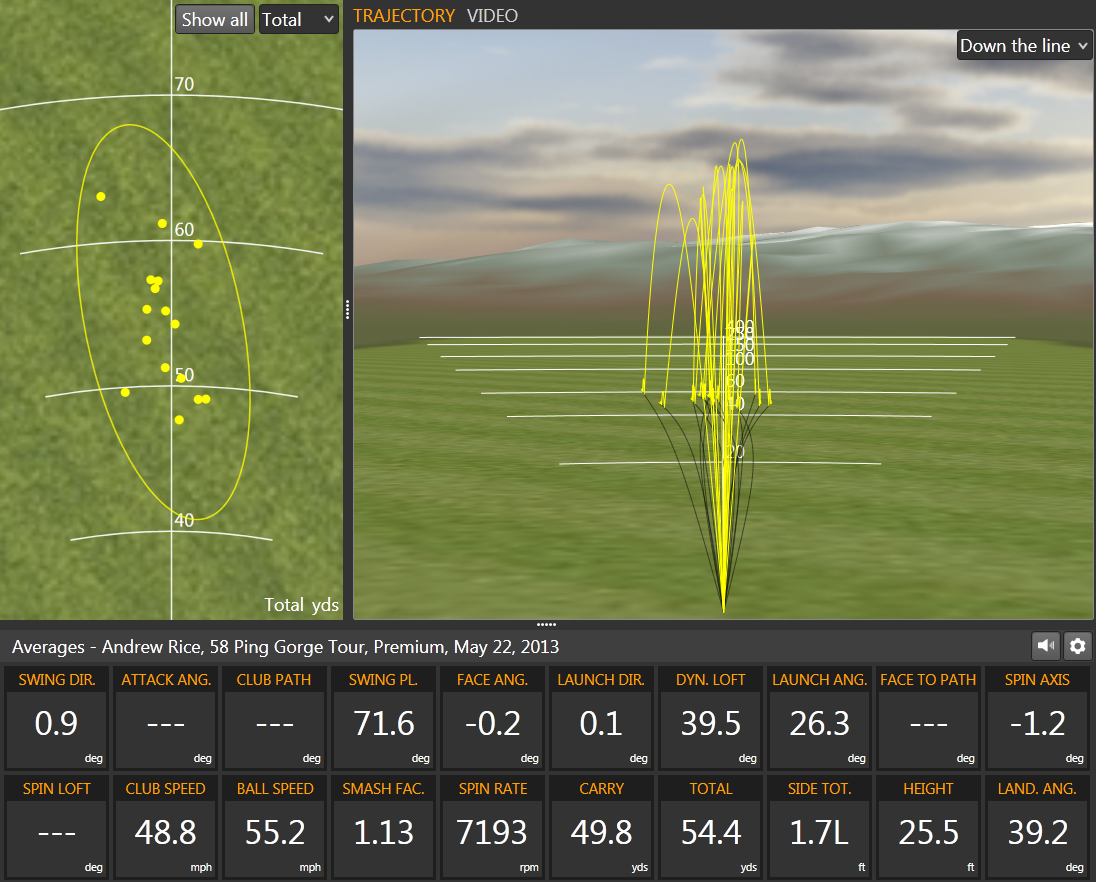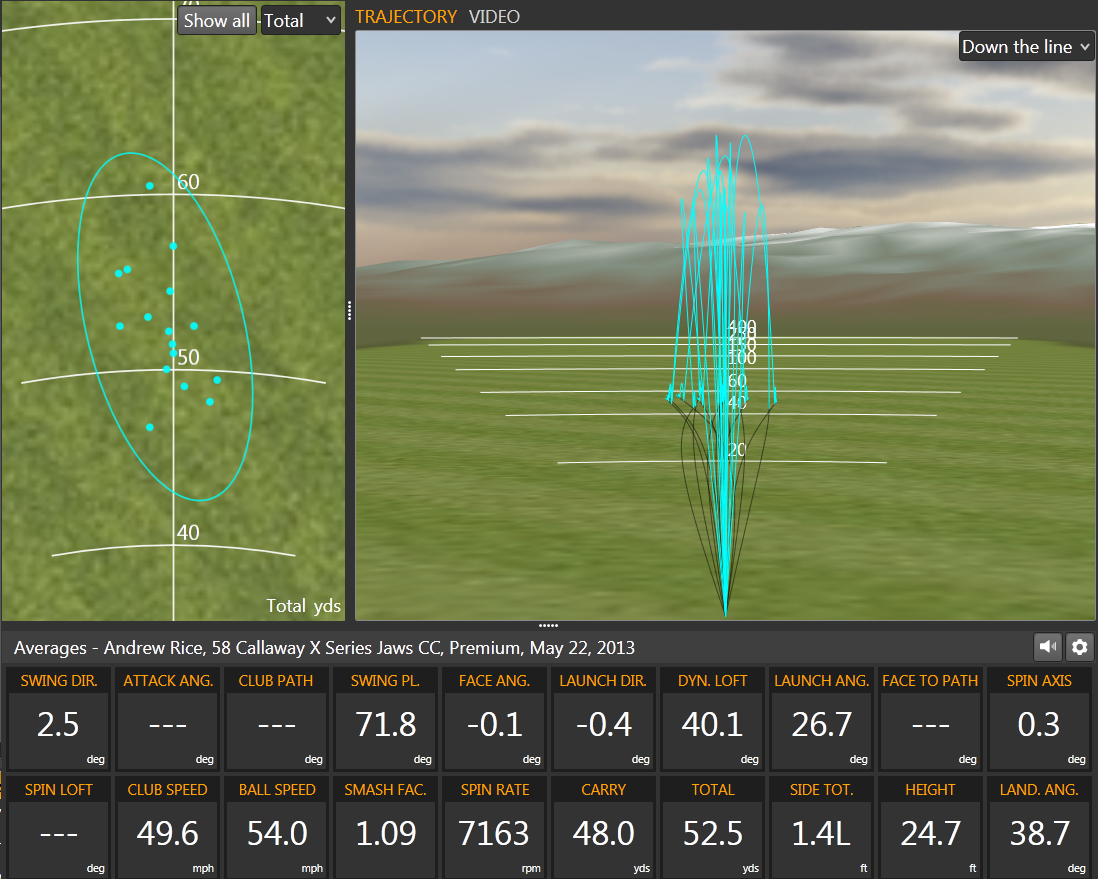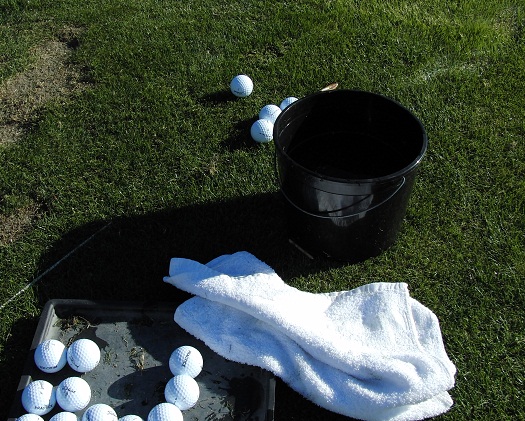Ultimate Spin Wedge Shootout
/ We should all be looking to spin the ball around the greens. Which of the current crop of wedges will give us the best chance to do that? If you have read any of my previous research on wedges you will know that friction between the face and the ball plays a huge role, not only in generating spin, but also in lowering trajectory - both vitally important for control.
We should all be looking to spin the ball around the greens. Which of the current crop of wedges will give us the best chance to do that? If you have read any of my previous research on wedges you will know that friction between the face and the ball plays a huge role, not only in generating spin, but also in lowering trajectory - both vitally important for control.
The most important part of the clubface of any wedge is not the grooves, but the texturing of the flat areas between the grooves. Keep in mind that the primary purpose of grooves is to channel "matter" away from being caught between the flat areas and the ball - they are not in place to create spin. When you look carefully at the flat areas between the grooves of your wedge you should see some fine milling which looks like corduroy to me. Most club manufacturers will mill the clubface of their premium wedges and it makes a massive difference to the control and ball flight.
The idea behind the test was to see which wedge generated the better grip between face and ball. I had four very new 58 degree wedges available for the test:
- Titleist Vokey SM4 with a DG Spinner shaft - conforming grooves with standard mill pattern on face
- Ping Gorge Tour with a DG Spinner shaft - conforming "gorge" grooves with standard mill pattern on face
- Callaway X Series Jaws CC with a stock steel shaft - additional conforming grooves with no apparent milling on face
- TaylorMade ATV with a KBS shaft - conforming grooves with two-way mill pattern on face
You may notice that the wedges had differing shafts - I obviously would have preferred to have had all the clubs built to the exact same specs, but that was not feasible for this test. Apologies to all Cleveland Golf fans - would love to have had a Cleveland wedge in the mix, but did not have a new version. I had four golf professionals each hit four shots with each wedge. All shots were hit off a mat in order to limit friction being interrupted by matter being caught between face and ball. Titleist ProV1 golf balls were used and each shot had to land somewhere between 40 and 60 yards (ideally at 50 yards). The clubface was cleaned often even though it never appeared to need it. The "normalize" feature on TrackMan was off.
Here are the results:
- ATV 7365 rpm average
- Vokey 7210 rpm average
- Gorge 7193 rpm average
- Jaws 7163 rpm average
As you can see the ATV wedge led the way in generating the highest spin of the four - albeit by a slender 2%. If I was a betting man I would have bet the ATV would generate the most spin as I have always loved the two-way milling treatment on the face. I would also have placed the Jaws wedge at the bottom of the pack, as no matter how many groove edges come in contact with the ball, there is way more flat surface area contacting the ball and it should be milled.
If you do take one thing from this research let it be the following: A fresh wedge with a clean, milled clubface will allow you to generate more spin and a lower trajectory - both important factors in controlling your golf ball around the greens.
Thanks to Zack, Mark, Rick and Joe for your help with this article!


